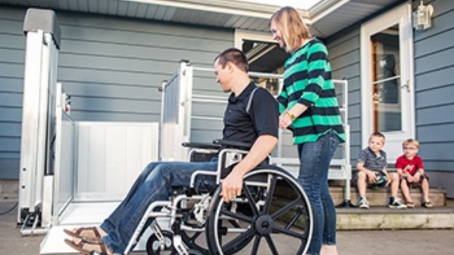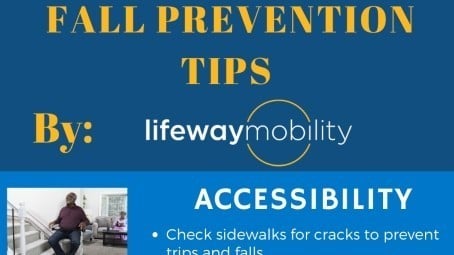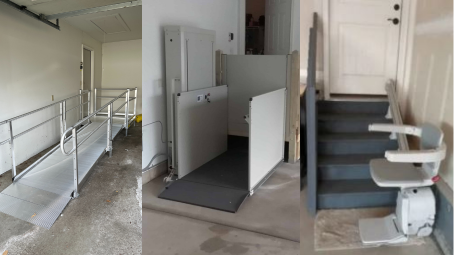The Benefits of Accessible Living for Seniors & People with Disabilities
Posted on by Eric Rubel
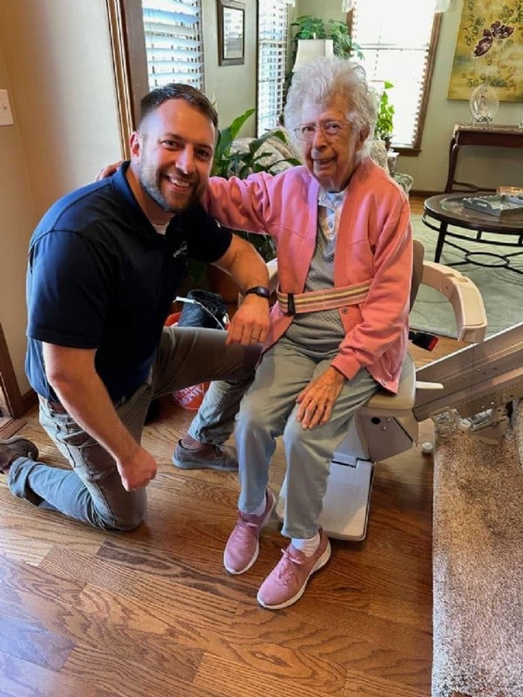
Accessible living has recently become a forward-looking trend in the housing design and development industries. But for seniors and people with disabilities, accessibility is so much more than just a buzzword—it means being able to live a fulfilling, independent life.
Today, we’ll take a look at how accessible living spaces are connected to enhanced safety, increased independence, and an overall improved quality of life, not only for those with limited mobility, but for their families, social circles, and communities as well.
First, what is an accessible home? This term refers to homes that are designed (or modified) to safely and comfortably accommodate people regardless of their physical abilities or mobility level. For instance, many accessible homes are single-level, while multi-level homes may feature residential elevators, stair lifts, or other mobility solutions for those who can’t climb stairs. They often have lower kitchen counters, a barrier-free shower or wet room, wider doorways, and generally more open space to maneuver and park wheelchairs, walkers, and other assistive devices.
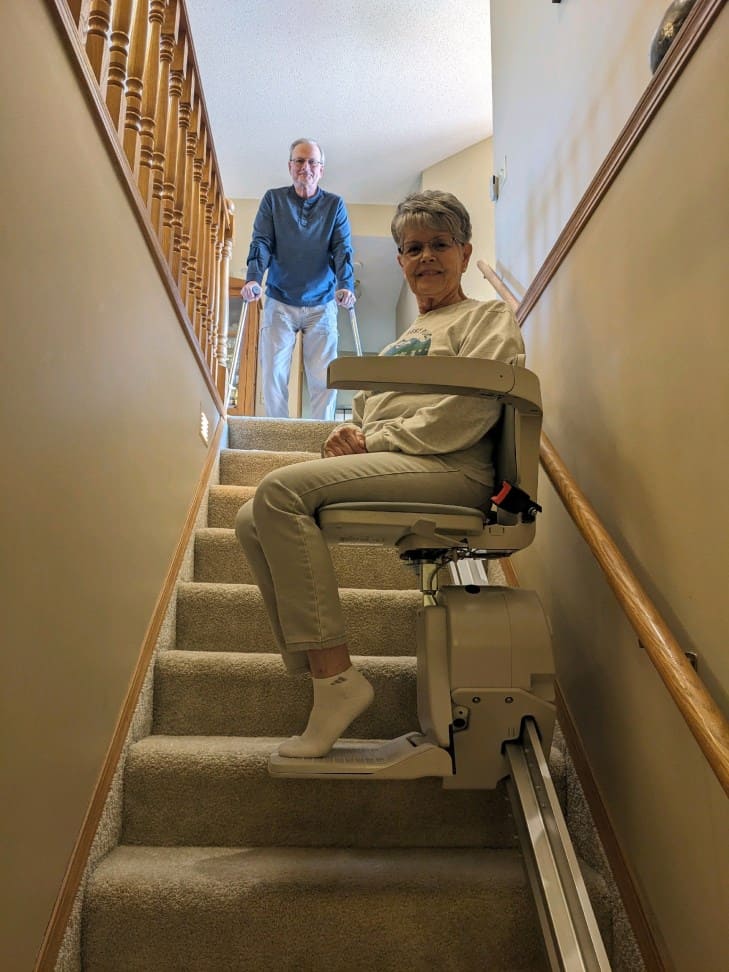
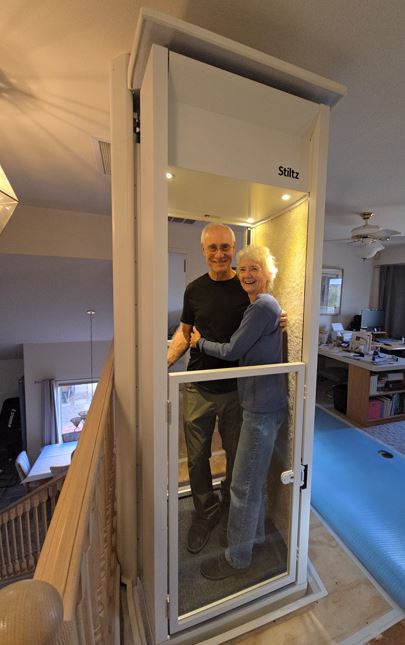
Reducing the Risk of Falling
Whether you’re looking for housing for a loved one with limited mobility or thinking about remaining in your own home as you age, there’s one issue that is sure to be your top priority: avoiding falls.
Falls are extremely dangerous for the elderly and for people with reduced strength or balance—and unfortunately, falling is also very common for these groups. According to the CDC, falling leads to about 3 million emergency department visits and 1 million hospitalizations each year among older adults alone.
There are many risk factors for falls, including both permanent health conditions as well as temporary ones that may be caused by medications, such as dizziness, lower body weakness, and vision problems. However, other risk factors are often found in the home: uneven thresholds, steep staircases, and high bathtub sides can all be tripping hazards. For seniors and people with disabilities, having multiple risk factors can be significantly more dangerous.
Accessible home features play a crucial role in fall prevention. For example, in the bathroom (where most modifications are needed in existing homes), non-slip flooring and grab bars can provide additional stability, especially when surfaces are wet and slippery.
Resource - Tips for Preventing Falls in Bathroom
Increased Well-Being & Better Quality of Life
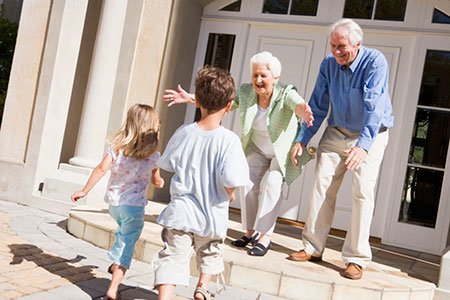
The benefits of accessible living go well beyond physical safety. A 2024 study of accessible housing for people with disabilities showed that having independence, privacy, and autonomy at home is linked to reduced depression rates, improved self-confidence, stronger social connections, and a greater willingness to participate in the community.
Modifying your current home for more accessible living, therefore, is not just a great way to prevent falls and injuries—it also means being able to remain in a familiar community and maintain the social connections you’ve built. Put simply, this can make a world of difference for your emotional well-being and quality of life.
Long-Term Cost Benefits
Modifying a home for accessibility may seem expensive upfront, but it can provide significant long-term cost savings in several different ways:
- Caregiving: An accessible home has features that allow you to complete more tasks and activities of daily living independently, reducing or even eliminating the need for a caregiver or home aide. Remaining at home is also typically far less expensive than moving to an assisted living facility.
- Healthcare: An accessible home is designed to prevent falls, and thereby also prevents expensive emergency room visits, hospital stays, and rehabilitation costs.
- Home Resale Value: Accessible features can increase the value and marketability of your home. Single-floor homes and houses equipped with elevators are highly desirable to a wide range of buyers.
Wondering How Much Mobility Solutions Might Cost? Check out the following cost guides:
The Bottom Line

Accessible living spaces are empowering for older adults and those with disabilities—but ultimately, the benefits extend to all people, regardless of mobility level. Our physical abilities can be changed instantly with an injury, or they can be reduced over time as we age, and in either case, an accessible home allows you to adjust without making drastic changes to your living situation. Accessible homes also allow us to remain interconnected with our family, friends, and neighbors despite different mobility levels—and maintaining these bonds can lead to a stronger social fabric overall.

